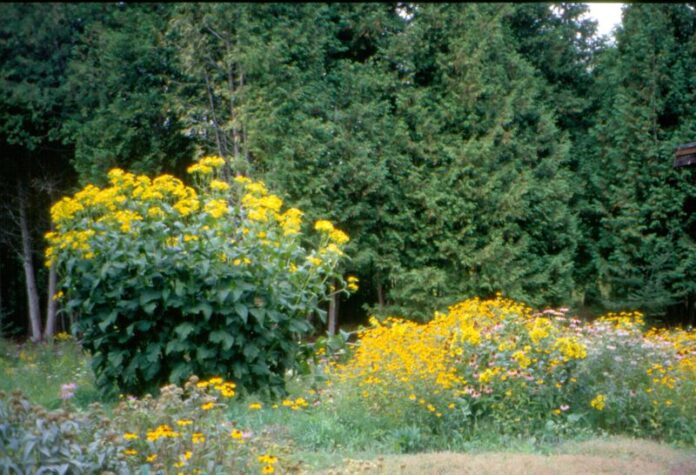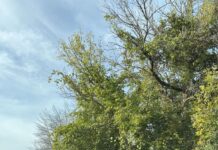by Philip Fry
In the midst of the horrible news from Ukraine, the latest report from the International Panel on Climate Change, “Climate Change 2022, Impact, Adaptation and Vulnerability”, has slipped by almost unnoticed in the press. And that is most unfortunate, because it sums up the world-wide devastation already being caused by climate change. According to the Secretary-General of the United Nations, António Guterres, the report is “an atlas of human suffering and a damning indictment of failed climate leadership… all people on the planet are getting clobbered by climate change.”
An important “take home” message is that effective solutions aiming at mitigation and adaptation will have to be invented and implemented on the regional level. Why? The impacts of climate change vary according to local geography – the given position of a locality on the globe, its landscape features, and its habitat mix.
What does this mean for us? Our landscape patchwork sits in a saucer-like depression between highlands along the Saint Lawrence and Ottawa rivers. The drainage systems of the region flow slowly, and various types of wetlands, both naturally occurring and humanly engineered, dominate much of the territory. Slowly moving waters are of importance to bio-diverse life-forms, but they are also very susceptible to weather irregularities and the accumulation of polluting agents: herbicides, pesticides, chemical fertilizers, and novel entities in human waste.
There are provincial conservation institutions based on the three major drainage systems in Eastern Ontario – the Rideau, the Nation, and the Raisin rivers – mandated to ensure the health of our waterways and wetlands. They have been doing important work monitoring the purity of the region’s water systems and have developed innovative programs to support and enhance shoreline biodiversity. They have also issued scientifically based “report cards” on water purity, the grade being given rarely better than a C+. One of the big culprits seems to be run-off of excess chemical fertilizer applied in farms. A retired member of a Conservation Authority has told me that the amount recommended to farmers by fertilizer companies almost always exceeded the Authority’s estimates. Duh.
The problem isn’t that we do not have the institutions necessary to address climate change and the loss of biodiversity. It is that at the present, instead of being given more ability to do their work, they are being hampered in doing what needs to be done by an inherent weakness in their governing structure and regulations that inhibit them from dealing effectively with “politically sensitive” matters. It appears that the governing boards of the Authorities are composed of people with little competence in conservation and a bias towards “development.” Moreover, their conservation mandate has been gutted by recent legislation. A spokesperson for an Authority explains: “in general, no conservation authority in Ontario may, directly or indirectly, engage in political activities regarding development projects.” Since sharing negative views about such projects with the public is “political,” the Conservation Authorities are effectively gagged.
What to do with this situation? For the time being (pending the election), the weight of conservation will fall by default upon volunteers. The work to be done is massive: invasive species need to be extirpated and native species reintroduced. There is hope, because this community has always rallied to crises if well informed. For example, there has been some success in combating the aggressive spread of non-native Phragmites reeds by establishing limiting borders with attractive and tough native species such as the Cup plant (Sylphium perfoliatum). The dense growth of Phragmites excludes native plant species in which a wide range of birds and amphibians find food and shelter. The Cup plant, on the contrary, grows in clumps but with well-spaced stems, catches and conserves water in its cupped leaves, and is a delight for birds, butterflies, and other insects in dry weather. As its bright yellow blossoms fade, seed is formed, insects nestle in its fibrous stems, and it continues its work of assisting birds well into winter.
We have all we need to get going on this: good people and a wealth of natural, institutional, and scientific resources. Much needs to be done. Please continue with your in-put. I am at wildflowerguy@gmail.com.









